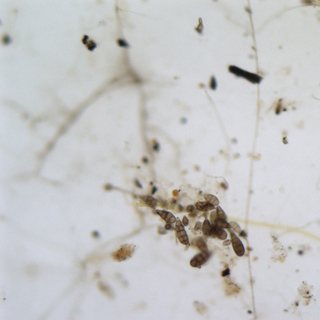This post is long overdue! I thought I would give a little update on what I’ve been up to here at the Chicago Botanic Garden.
So to remind those who may have forgotten who I am and what my project is all about.. My name is Andrea. I attend McGill University where I study botany (with Allegra!) and over the past two years I’ve developed a very strong and deep DEEP love for life in the soil. Don’t get me wrong, I love studying plants, but at this phase of my life soil organisms (namely fungi) dominate. It started with an Introduction to Fungi course I took two years ago that involved a series of guided and independent mushroom forays and culminated in the production of a mycological portfolio. I then took a biology of fungi course that was much more thorough and only confirmed for me just how awesome fungi really are. Last summer I was lucky enough to have the chance to work as an REU intern with Louise Egerton-Warburton, soil scientist at the Garden. My research looked at how microbial communities respond to buckthorn invasion and subsequent restoration. I’m back this summer to continue research on that project and as well to start looking at the mycorrhizal communities associated with the Echinacea populations in the remnants of interest in Minnesota.
The main goal of my experiment is to see if there is a relationship between plant genotype and mycorrhizal community. At the beginning of the summer Stuart helped me select nine families in the ’97 common garden and from each family around 9 individual plants were randomly chosen.To collect the mycorrhizal fungi I use mesh baggies that have two polycarbonate membranes secured at the bottom. One of these membranes I will stain and permanently fix onto slides for the purposes of determining hyphal length. This will give me an overall idea of mycorrhizal density and colonization. Hopefully I will have time to extract DNA from the other membrane to get a closer look at who’s really there.
To install the bags, I basically wedge the bag carefully into the ground near the roots of select plants so that the membranes sit at least 4 cm below the surface. Over time, the mycorrhizal fungi growing near the roots will run across these membranes and have no trouble meandering through its pores. Little do they know that it’s a trap!! Around each plant I placed one bag and waited about three weeks. Recently, I retrieved those bags and I’ve spent the past few days making slides. I promised to post pictures so here are a couple exhibiting some spores and hyphae!

(Image taken with 40X objective)
For some reason it won’t let me load more than one photo so I will try again later.
More updates coming soon!
-Andrea

